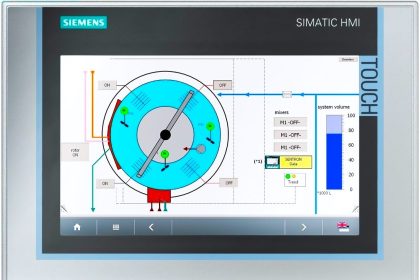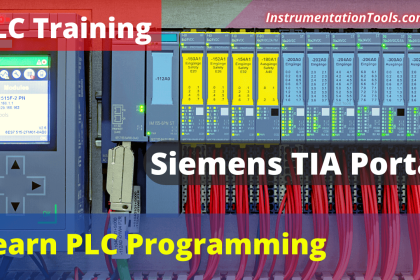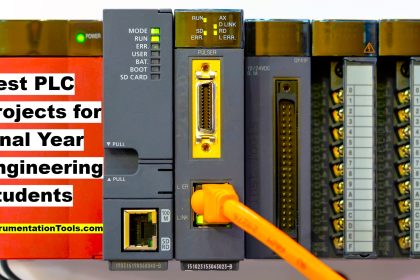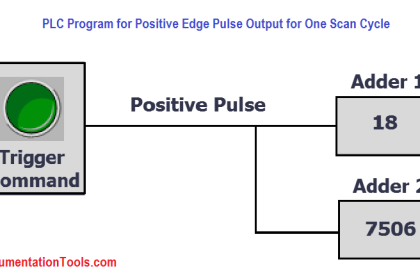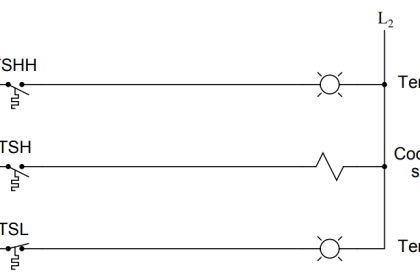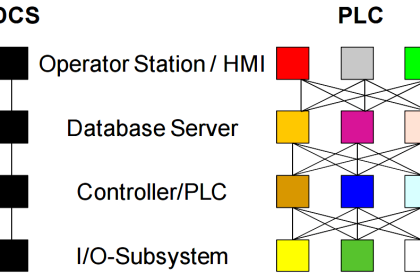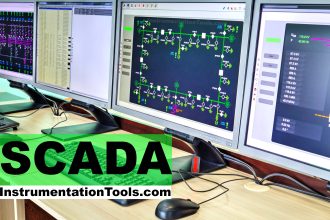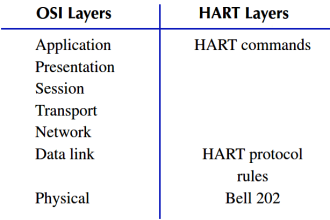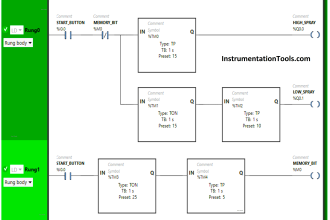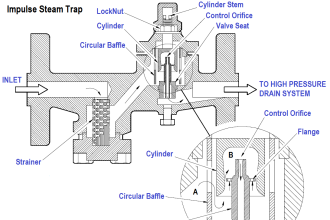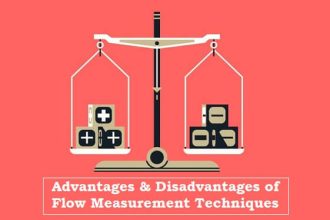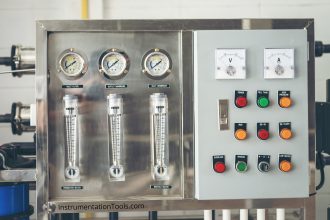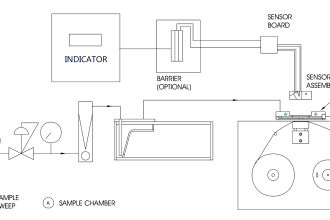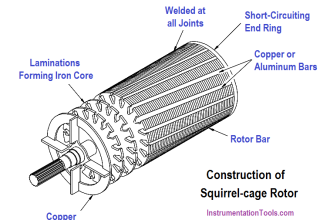PLC is a very basic component used in industrial automation for programming machines. There are many concepts related to PLC hardware, which a programmer needs to know apart from software. Only software knowledge is not sufficient for a programmer to master in the world of PLC. One thing which is a main component of PLC hardware is a battery. There are many concepts related to a PLC battery which many don’t know. In this post, we will see all the facts that can be covered for a PLC battery.
What is a PLC battery?
Let us understand this with a simple UPS inverter example. As you know, an inverter will supply power to your house as long as the mains supply is on. At the same time, the internal batteries will be charged. As long as the power goes off, internal switching will take over and the power will now be supplied through the batteries. If the power resumes once again before the battery dies, the power supply will again be switched over through the mains supply.
The same concept works for a PLC battery. A PLC needs to store all program, data & configuration memory and values in a ROM (read only memory) chip. This chip will require power supply to function, which can be fed either through PLC mains supply or a battery. So, the function of a PLC battery is to keep powering up the memory chip in case of a power outage. This will protect all your values from getting erased permanently.
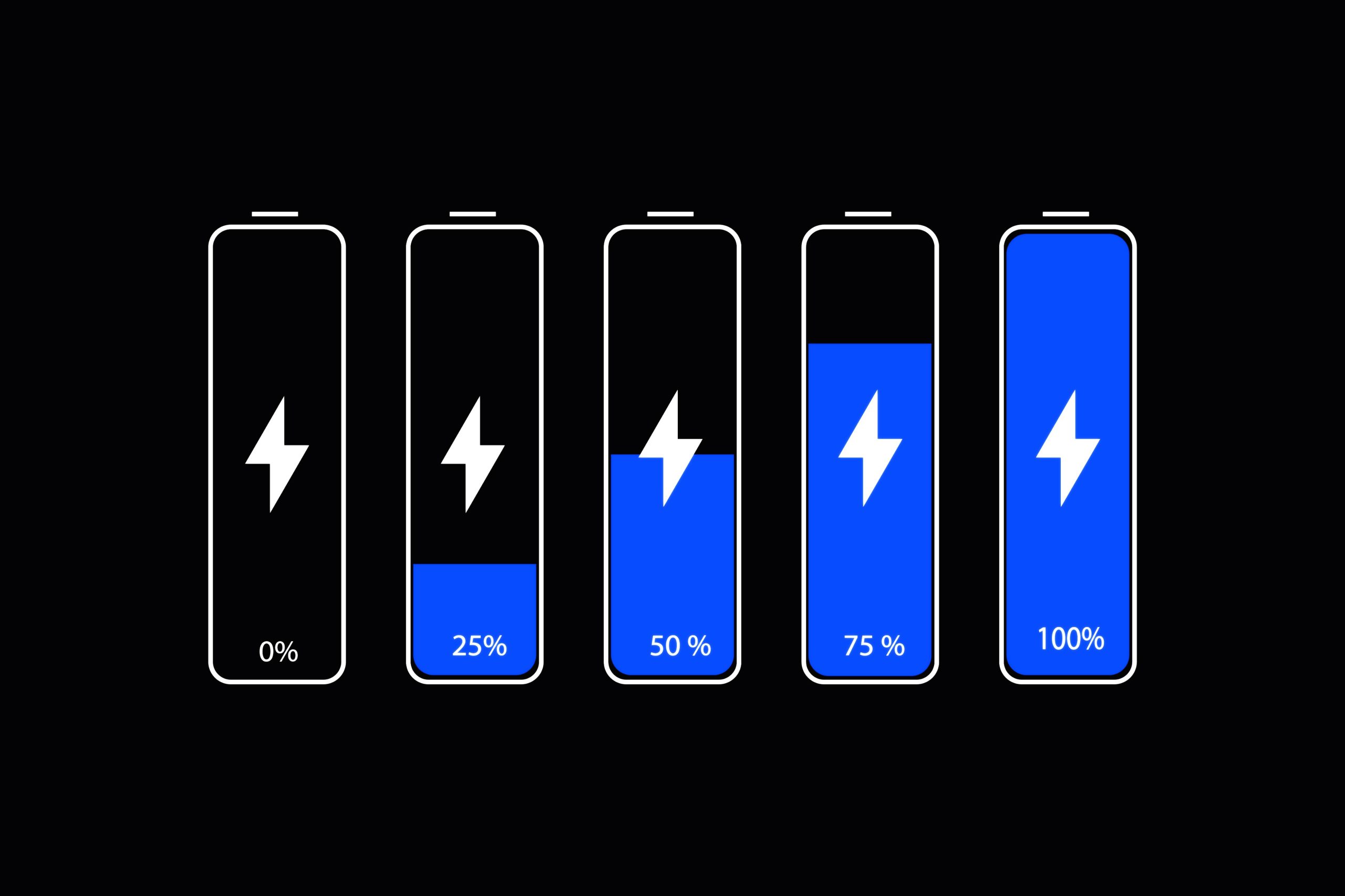
What are the types of PLC batteries?
PLC batteries can be rechargeable or non-rechargeable, depending on the model number. If non-rechargeable, then PLC batteries must be replaced on time according to their life. They will function only as per the voltage capacity they provide. Once the voltage capacity expires, the battery will be dead and needs to be replaced. If rechargeable, then PLC batteries will charge themselves from the PLC mains supply. When the mains go off, the battery will provide backup power according to its capacity.
But once the voltage capacity expires, the battery will be dead and needs to be either replaced or charged once again. But, rechargeable batteries too never work lifetime; they too have a shelf life and need to be replaced. Now, depending on the material of the battery, the most used types are – lithium, nickel-cadmium, alkaline, and lithium thionyl chloride. The maximum voltage preferred is 3.6 V.
What to consider when choosing a PLC battery?
The factors to be considered are –
- the supported model according to the PLC,
- the operating environment,
- the frequency of power cuts for the PLC,
- downtime the system can withstand,
- budget,
- maintenance activities, and
- the age of the PLC system.
How to test a PLC battery?
First of all, most of the PLCs have battery LED indications on the CPU. By seeing them and comparing them with the help catalog of the PLC, you can understand the current battery status. They work on voltage thresholds, meaning that if the maximum voltage is 3 V, then they can give indications from 2.6 V too. So, it is necessary to read the catalog first.
Just simply remove the battery and check the DC voltage through a multimeter. If it is too low, then it is time to replace or recharge it once again. You can also get battery status through in-built system variables inside
How long does a PLC battery last?
Though it depends on the usage of the battery and the type of material used, an average life of a PLC battery stands between 2-3 years. After that, be it chargeable or non-rechargeable, it is better advised to replace it with a new one. Because failing to do so can directly impact your PLC system performance.
What happens if the PLC battery dies?
There are two cases. In the first case, if the battery is dead but mains supply is on, then the PLC memory will continue to store values. In the second case, if the battery is dead and also the mains supply is off, then the PLC memory will be erased completely.
How to improve PLC battery life?
Some general considerations can help improve the PLC battery life. Like, you can avoid frequent power cut-offs by installing a UPS in the system.
Also, take care that the nearby environment has ambient temperature and humidity conditions. Excess moisture, dust, or other parameters can impact battery life. Keep the PLC in a cool, dry, and stable environment. Also, check for battery status frequently on a scheduled basis, which will help you in troubleshooting further.
In this way, we saw many general concepts related to PLC batteries.
Read Next:
- Inside the PLC Control Panel: Skills Test
- PLC Programming for Trash Compactor
- Parking Lights PLC Programming Explained
- PLC Functional Blocks for Tanks Drain Control
- AI, AO, DI, DO Questions (PLC I/O Types)
